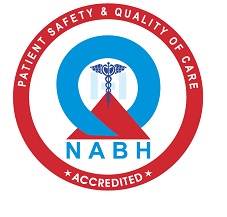CERVICAL SPONDYLOSIS
Cervical spondylosis is a common degenerative condition of the cervical spine that most likely is caused by age-related changes in the intervertebral disks. Clinically, several syndromes, both overlapping and distinct, are seen: neck and shoulder pain, suboccipital pain and headache, radicular symptoms, and cervical spondylotic myelopathy (CSM). As disk degeneration occurs, mechanical stresses result in osteophytic bars, which form along the ventral aspect of the spinal canal. Frequently, associated degenerative changes in the facet joints, hypertrophy of the ligamentum flavum, and ossification of the posterior longitudinal ligament occur. All can contribute to impingement on pain-sensitive structures (nerves and spinal cord), thus creating various clinical syndromes. Spondylotic changes often are observed in the aging population. However, only a small percentage of patients with radiographic evidence of cervical spondylosis are symptomatic.

